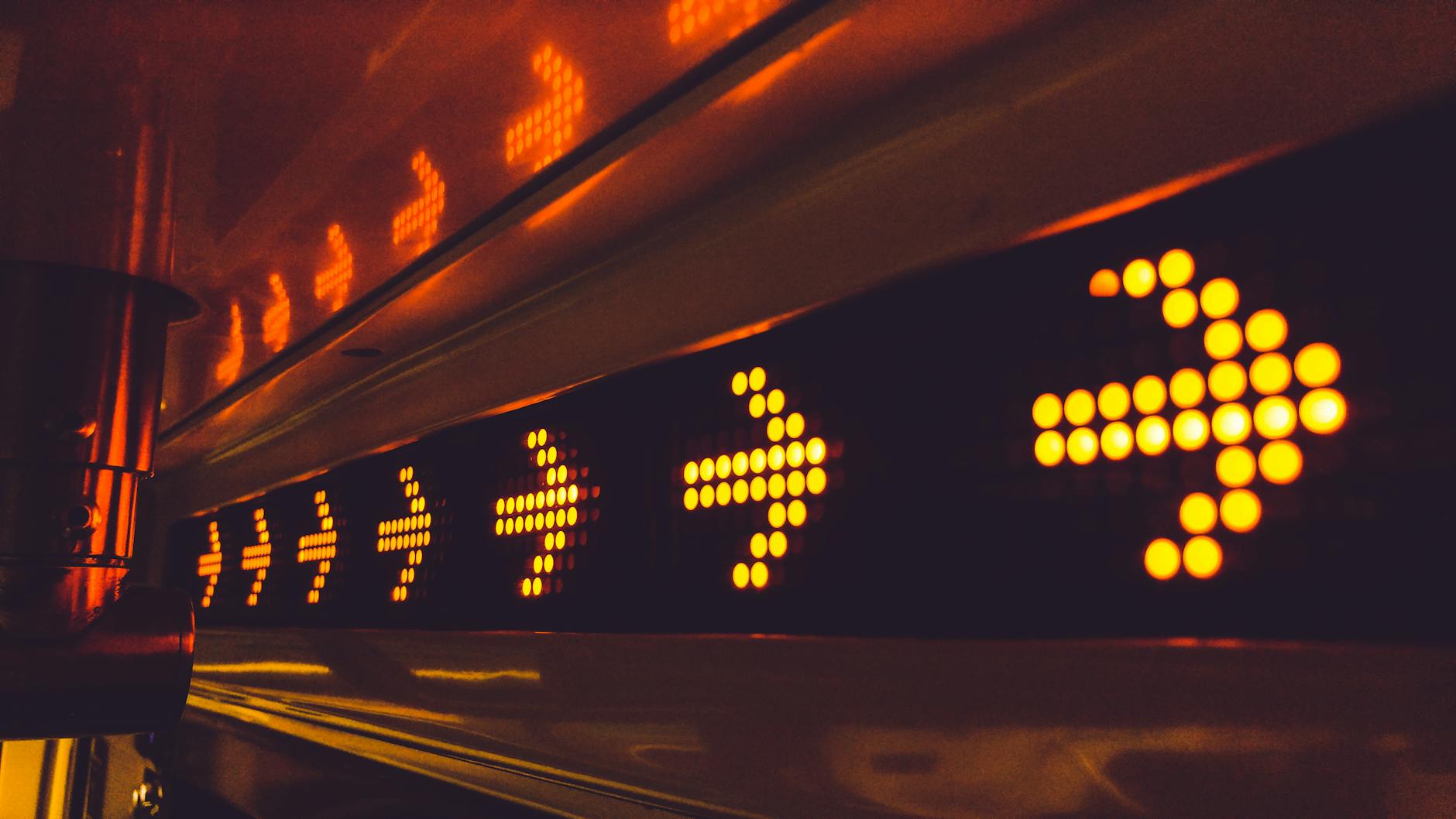When it comes to lighting, most of us think about the simple decision between warm and cool light, or maybe the wattage we need for our lamps. But when you dive into the world of Light Emitting Diodes (LEDs), you’ll find that there’s a lot more to the story. LED technology has revolutionized the way we illuminate our world, and here are 10 mind-blowing facts that might just make you see light in a whole new… well, light.
1. The Long Lifespan of LEDs
LEDs boast an incredibly long lifespan, often reaching up to 50,000 hours. That means if you used an LED lamp for 8 hours a day, it could last for over 17 years. This longevity is a stark contrast to traditional incandescent bulbs, which typically last about 1,000 hours.

2. Energy Efficiency Extravaganza
LEDs use at least 75% less energy than incandescent lighting. This makes them a powerhouse in terms of energy efficiency, helping you save on electricity bills and reduce your carbon footprint.
3. The Versatility of LED Lighting
From dimmable ambient lighting to powerful floodlights, LEDs offer an unmatched range of lighting types and intensities. This versatility makes them perfect for any application, from cozy home settings to large-scale industrial environments.
4. LEDs Operate Cooler
Unlike traditional bulbs that waste a lot of energy through heat, LEDs remain cool during operation. This not only makes them safer by reducing the risk of burns and fires but also increases their efficiency and lifespan.
5. The Color Range of LEDs
LEDs can produce light across a wide spectrum of colors without the use of filters, making them perfect for creative and mood lighting. From vibrant reds to deep blues, LEDs can set the tone in any environment.
6. Dimming Capabilities Without Losing Color Quality
LEDs can be dimmed to a soft glow without losing color quality, which is something traditional bulbs struggle with. This feature is perfect for creating ambiance or adjusting light levels to match the time of day.
7. High Durability
LEDs are incredibly durable and resistant to breakage. They are built with sturdy components that can withstand rough conditions, vibrations, and shock, making them ideal for outdoor and industrial use.
8. Immediate Light
Unlike some energy-saving lamps that need a warm-up period, LEDs light up instantly to their full luminosity, making them more efficient and convenient.
9. Low UV Emissions
LEDs produce very little ultraviolet (UV) light, reducing the risk of damage to materials that can be sensitive to light, such as art.
10. The Evolution and Future Potential of LEDs
LED technology is constantly evolving, with researchers working on making them even more efficient, brighter, and less costly. The potential for future innovations in LED technology is vast, promising even more advantages for environmental sustainability and energy consumption.

Conclusion
LED lighting technology has indeed changed the way we see and use light. With their long lifespan, energy efficiency, and versatility, LEDs have paved the way toward a more sustainable and innovative lighting future. Whether you’re concerned with saving money, reducing your environmental impact, or simply lighting up your space, LEDs offer benefits that are hard to ignore.
Frequently Asked Questions
Are LEDs really more cost-effective in the long run? Yes, due to their long lifespan and energy efficiency, LEDs can save you a significant amount of money over time on both replacement bulbs and energy costs.
Can LEDs be used in any existing light fixture? While most LEDs are designed to fit standard fixtures, some may require specific types or adjustments. It’s always a good idea to check the product specifications before purchasing.
Do LEDs contain hazardous materials? Unlike fluorescent lights that contain mercury, LEDs do not contain hazardous materials, making them safer for home use and better for the environment.
Are there smart LED bulbs? Yes, there are many smart LED bulbs available that can be controlled with your smartphone or smart home system. These bulbs offer features like color changing, dimming, and scheduling.
How does LED lighting impact environmental conservation? LED lighting plays a significant role in environmental conservation by reducing energy consumption, lowering carbon emissions, and minimizing waste due to their long lifespan.





